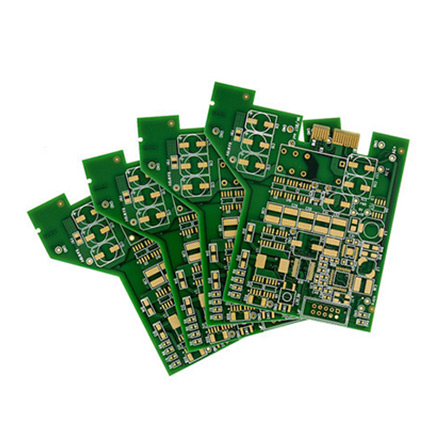

Understanding Low-E3 Glass A Key to Energy Efficiency
In an era where energy efficiency and sustainability are paramount, low-emissivity (Low-E) glass is gaining significant attention across various industries, particularly in architecture and construction. Among the different types of Low-E glass, Low-E3 glass stands out due to its unique properties that contribute to improved energy efficiency in buildings.
Low-E glass is designed to minimize the amount of ultraviolet and infrared light that can pass through the glass without compromising the amount of visible light transmitted. The E in Low-E refers to emissivity, which is a measure of a material's ability to emit energy as radiation. Lower emissivity signifies better insulation properties, making such materials highly desirable in energy-efficient buildings.
The Composition of Low-E3 Glass
Low-E3 glass is typically coated with a microscopically thin, transparent layer of metal oxide. This layer is responsible for reflecting radiant heat back into a space during the winter months while concurrently allowing natural sunlight to enter. The 3 in Low-E3 denotes the specific characteristics of the glass, typically related to the number of layers of low-emissivity coating it contains. This configuration optimizes performance by effectively balancing the light and heat transmittance properties of the glass.
Benefits of Low-E3 Glass
1. Improved Energy Efficiency Low-E3 glass significantly reduces the heat transfer through windows. In colder climates, it helps keep interior spaces warm while reducing heating costs. Conversely, in warmer climates, it minimizes heat gain, thus lowering the demand for air conditioning. This balance leads to substantial energy savings over time.

2. UV Protection Besides energy efficiency, Low-E3 glass offers protection against harmful ultraviolet (UV) rays. Standard glass allows about 75% of UV rays to enter, which can cause fading and damage to furniture and flooring. Low-E3 glass blocks a significant portion of these rays, helping to preserve interior spaces.
3. Comfort Enhancement Because Low-E3 glass aids in maintaining consistent indoor temperatures, it contributes to overall comfort in living and working spaces. This is particularly beneficial in spaces with large windows or those that receive direct sunlight.
4. Environmental Impact By reducing energy consumption, Low-E3 glass significantly lowers greenhouse gas emissions associated with heating and cooling buildings. By choosing energy-efficient materials like Low-E3 glass, construction projects can contribute to sustainability goals and environmentally friendly building practices.
Applications of Low-E3 Glass
The versatility of Low-E3 glass makes it suitable for a variety of applications. It is commonly used in residential and commercial buildings, where windows and glass doors play a significant role in thermal performance. Additionally, it is increasingly being used in high-rise buildings, where large expanses of glass are incorporated into the design for aesthetic appeal while maintaining energy efficiency.
Conclusion
Low-E3 glass represents a significant advancement in modern building technologies. Its ability to enhance energy efficiency, protect against UV radiation, and improve interior comfort makes it a smart choice for architects, builders, and homeowners alike. As the demand for sustainable building practices continues to grow, incorporating Low-E3 glass into architectural designs will undoubtedly play a crucial role in reducing energy consumption and minimizing environmental impacts. By investing in this innovative material, we are taking a step toward a more sustainable future, ensuring that our buildings are not only visually appealing but also energy efficient and environmentally friendly.